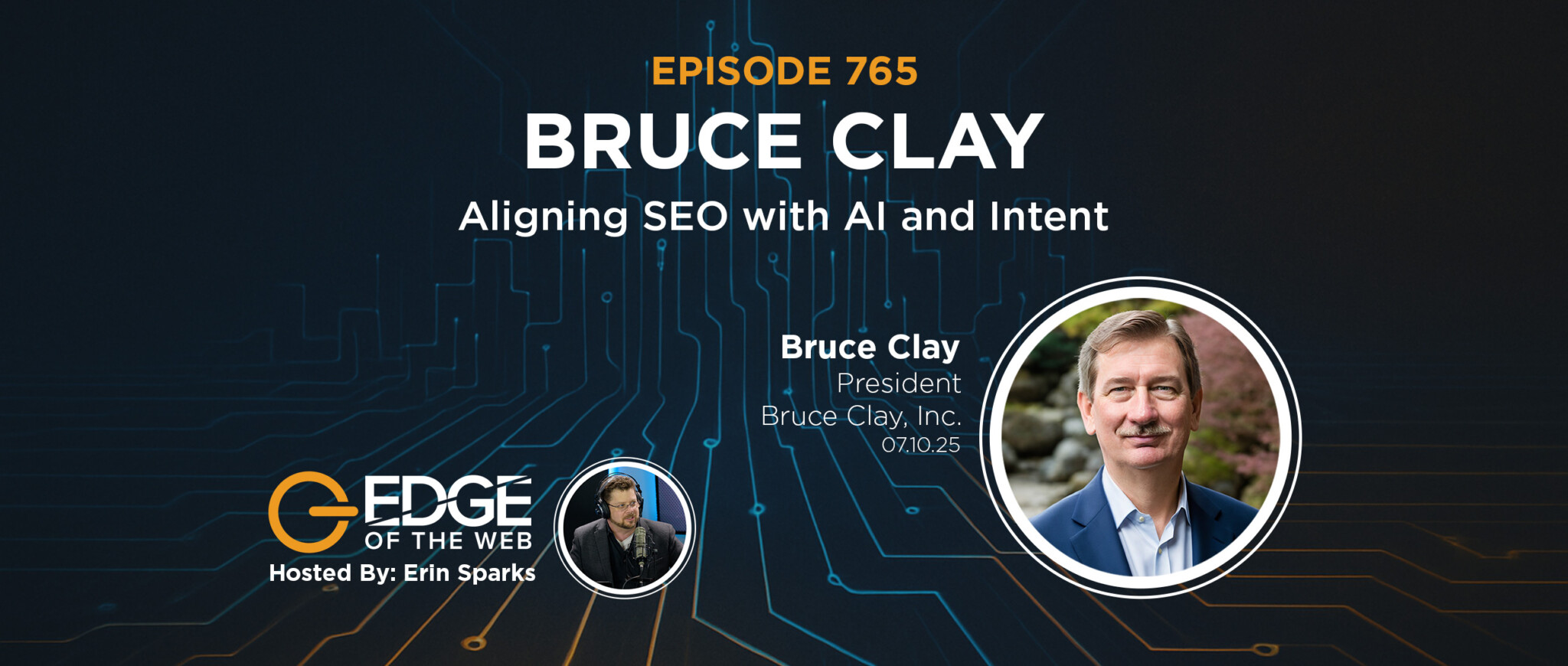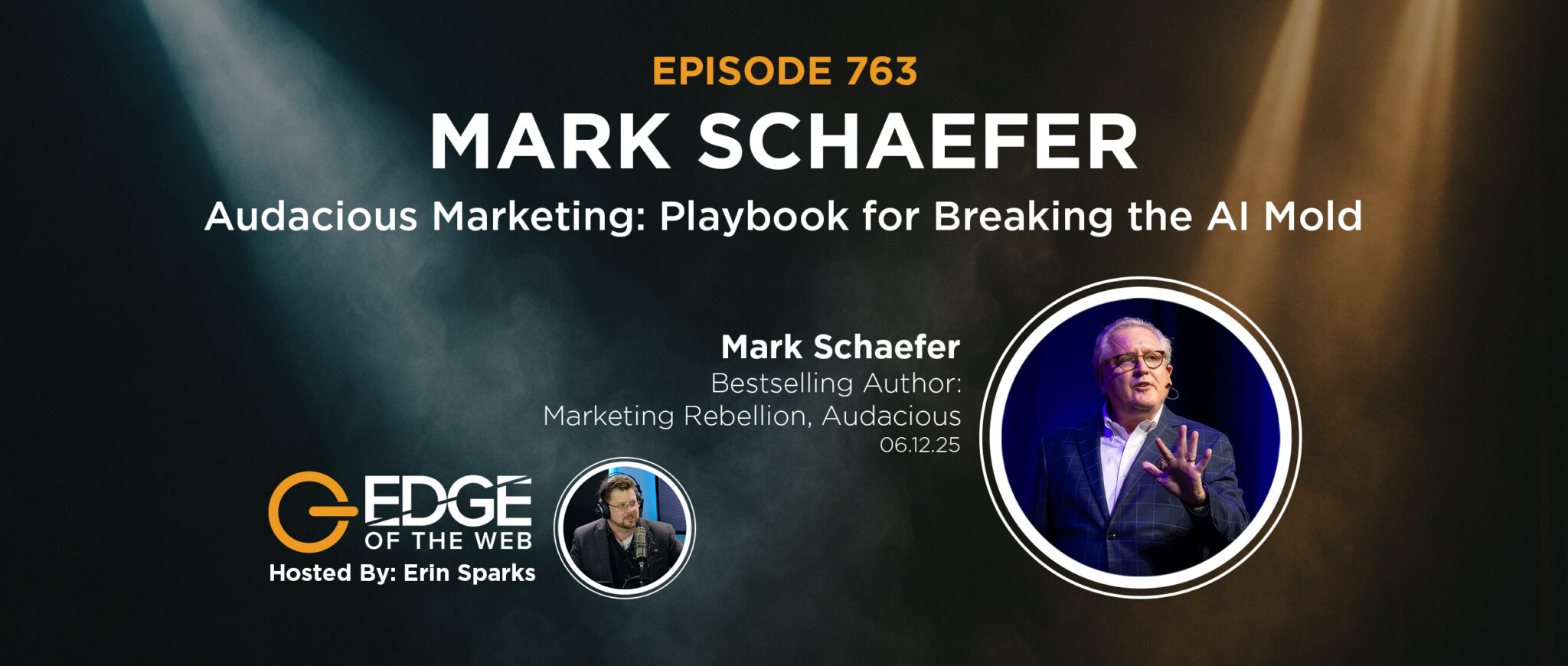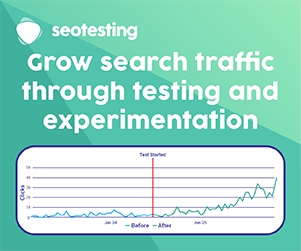Looking at Google’s language models to understand how the model is working against and with you in the world of SEO. Working towards understanding the entity you are working with and trying to bring focus to the SEO industry.
Understanding The Future of Google
By incorporating language models, such as BERT and Google’s Multitask Unified Model (MUM), Google continues its entity-understanding journey. Bill Slawski tracks down entities of patent submitters and examines their relationships with the rest of the search engineering world to understand things better.
- [00:03:29] Patent author sleuthing
- [00:05:44] Understanding BERT. It’s been around longer than you think.
- [00:07:58] “You should know a word by the company it keeps”
- [00:09:49] Understanding Intent
- [00:10:38] 40% of our language has multiple meetings.
- [00:11:33] Example of Google’s MUM in the Wild
- [00:12:39] Format of content might be an indicator of entity types
- [00:16:42] A Search Engine’s Job: They’re filling either the informational or situational needs of a searcher.
Understanding BERT
BERT, which stands for bidirectional encoder representations from transformers, goes back to latent semantic indexing before searching the web. However, it has only been in action for a few years. This language model began as Google learned about language and content based on how many words or syllables phrases on a page were. BERT would grab all combinations of words and syllables on a given page and run statistics to determine what type of words and punctuation were used. This was used to assess site quality and see which site was better than another one.
The language model examined the adverbs and verbs acting upon nouns to understand relationships between content as well as the intent of the user. BERT could see if certain words or phrases were in the language model, then other related words and phrases will likely appear near it. However, it was not about proximity; it was more about existence on different pages. The language model represents a reference to the profound neural network concept formed in our minds. Due to our ability to know that real-world objects are filled with entities—people, places, and things—and see the connection, relationships, taxonomies, and ontologies of these. The language model contains that ability as well.
Language Models Understanding User Intent
BERT was a stepping stone toward understanding user intent because the model understood action items, took the content and found relationships between pages. This moved Google towards better understanding what users are looking for and how the user wants to use certain information. 40% of words mean the same thing. Therefore Google and users see the exact words used in a variety of different contexts. The different meanings of words are what is meant by user intent.
The Conception and Evolution of MUM
Google’s Multitask Unified Model, commonly referred to as MUM, is a unified model of understanding. An example of MUM can put certain words with specific pictures or show the relationship between products and their identifiers. All mediums have an interrelationship. In addition, MUM examines formats. Understanding formats give a sense of how things might be displayed best. Through this, we see how often formats of pages support a concept and medium themselves. MUM is no longer just about entities and what they are but is now looking at mediums and formats and constituting an accurate understanding. Google matches different formats other than just the essential blue link to users.
MUM is a relatively new milestone for Google. So, the question remains: Will MUM evolve? Will the evolution of MUM lead to users wanting to see different formats, which MUM will then match up to the user’s intent with other formats and mediums? To put it simply, will users change how they search and, in turn, change their intent? A search engine’s job is simple. The engine fills the informational or situational needs of a user. For example, when a user searches for pizza, Google knows that they are not looking for the history of pizza but instead are looking for a place to eat pizza at that moment. Googles act as a vehicle to get information that the user is looking for.
MUM is also an affirmational model because it follows whether the information it gave was used or not. For example, whether the user bought a pizza or not. MUM will answer questions in a different context and change how users inquire and will be reinforced by the user’s behavior. Like BERT, MUM will know when the user is missing a word in their query. The machine is actively learning based on human behavior.
In the SEO industry, strategists must be connecting the dots for entities and understanding the formats that need to be fed to get ranked to be better able to know how Google is following formats to rank pages. If an SEO strategy does not involve this, then it will be straying from ranking legitimacy. The ranking is no longer just about a search phrase or key phrase. It’s about the entity and serving up a format that the users want.
A Search Engine’s Job
Machine learning takes old concepts, such as the informational retrieval concept, and shows search results based on the probability that a user will click on the page based on the idea. An open domain extraction means that a Google bot would not just search for all pages but would read all the words on pages and would no longer focus on scouring the web to find specific information about certain things. The bot would read everything and organize it to make it more findable. This leads to a search engine’s job: a search engine is not just an index, but it is a question answered. When users query, they don’t want a list of blue links. They want a statement or paragraph telling the answer to their query. A search engine is not only understanding the user’s needs but also predicting the next steps of the user to give as much value to the user out of the interaction as possible. The search engine is trying to fulfill the user’s needs.
Slawski’s Guidance for SEOs
How do SEOs navigate these new, everchanging waters? Slawski says to start with a page and think about all the things it is missing. The page should help people understand what the page is doing, its purpose, how it reaches people, and what will make users act the most. The page should give solutions to the user and be helpful. Look at other pages about the same topic to see what those pages have that could be used. Determine what is a better source of information to become a one-stop-shop of information for the consumer. Ask: Where is the answer on the page?






















